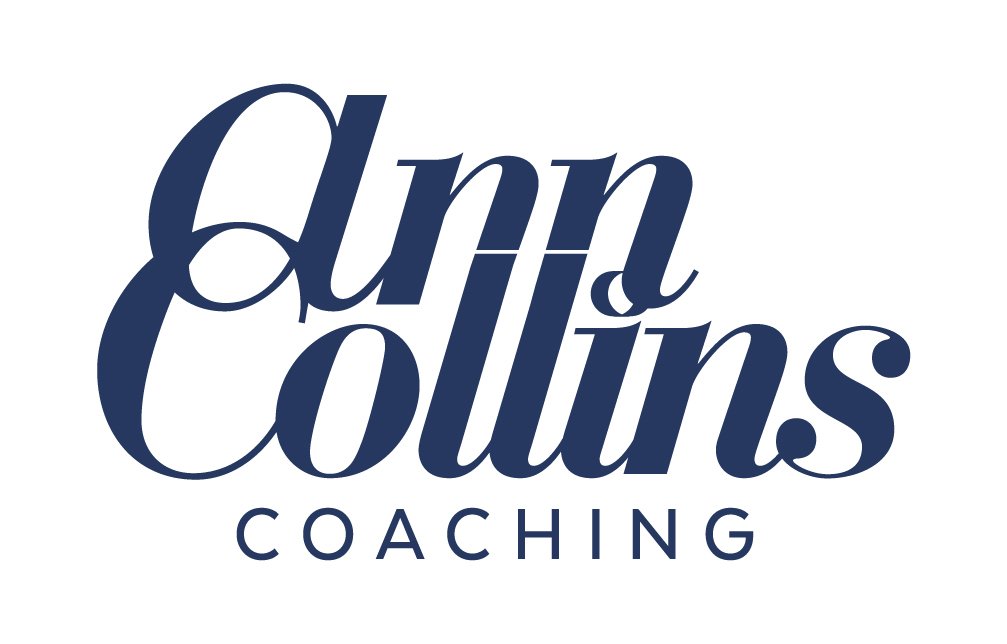Ditch Your "To DO" list: Who Do You Need "to BE"?
You may well have felt trapped in a relentless cycle of task completion, crossing off one item only to replace it with another. Despite the illusion of productivity, the to-do list often becomes an unending source of stress, leaving you feeling you are never truly making progress. But what if success was not about doing more, but about becoming more? What if the real key to effectiveness lay not in the list itself, but in the way we engage our brain, body, and mind?
This shift in thinking is not about abandoning structure but about using neuroscience to reframe the way we approach productivity. By consciously shaping who we are - how we think, feel, and physically show up - we can create more meaningful impact and long-term success. Instead of asking, what do I need to do?, a more powerful question emerges: who do I need to be?
Why the Traditional To-Do List Is Insufficient
A structured to-do list provides clarity but does not inherently drive strategic thinking or innovation. Furthermore, neuroscience suggests that excessive focus on tasks can lead to cognitive overload, reducing creativity and decision-making capacity. Instead of asking: what must I do next?, a more effective approach is to consider: how do I need to think, feel, and act to achieve my goals? Who do I need to be now?
The To-Be List: Aligning Brain, Body, and Mind
A to-be list shifts focus from productivity as task completion to productivity as personal effectiveness. By consciously deciding how to be, you develop a stronger sense of control, resilience, and confidence. The impact of this shift is immediate and tangible:
More clarity and better decision-making: when you identify who you need to be, you naturally align your actions with that identity. This makes prioritisation and decision-making much easier.
Reduced stress and increased resilience: overwhelming to-do lists create a sense of pressure. A to-be list helps manage stress by fostering a mindset of intentionality, ensuring that actions stem from a place of being proactive rather than reactive.
Stronger presence and leadership impact: the way you hold yourself, speak, and engage with others shifts when you embody qualities like confidence, patience, or decisiveness. Others respond differently to you, reinforcing your leadership.
Sustained motivation and purpose: to-do lists often create a cycle of temporary satisfaction followed by immediate replacement of tasks. A to-be list, by contrast, taps into deeper motivation, ensuring that actions are driven by long-term growth rather than short-term completion.
A Case Study in Transformation
Julie, a senior lawyer, was highly competent but found herself stagnating despite her rigorous approach to task completion. She realised that technical expertise alone would not drive career progression. Instead of focusing on adding more tasks to her list, she worked on her to-be list. Words that featured included: confident and intentional. Furthermore, by embodying this in her leadership, she started to practise assertive communication, adjusting her posture in key meetings, and challenging her inner voice to be more helpful! She removed the word “should”, for example, and replaced it with; “I want…” This shift allowed her to position herself for high-value opportunities, ultimately leading to career opportunities and greater professional fulfilment.
Implementing the To-Be approach in 5 steps:
Identify a strategic focus area: choose an aspect of work or leadership where you seek growth.
Analyse past positive experiences: reflect on moments where you performed at your best. What mindset, emotional state, and physical presence contributed to that success? Were you more confident, more curious, more open? What thoughts drove those moments of success?
Examine responses in challenging situations: develop self-awareness by identifying patterns in high-pressure environments. Notice what happens when you feel overwhelmed or under pressure—how does your body react? Do you retreat, hesitate, or overcompensate? What thoughts dominate in those moments, and how do they shape your behaviour?
Bridge the gap with intentional practice: use insights from both positive and challenging situations to create a personalised strategy for growth. If confidence drove your best moments, how can you cultivate that state more often? If stress derailed your performance, what physical or cognitive shifts could help you stay composed? This might involve standing tall, regulating your breathing, or actively reframing negative thoughts.
Shift from passive reflection to proactive embodiment: thinking about change is not enough; it must be enacted. Regularly practise being the person you aspire to become—engage in behaviours that reinforce your identity shift, whether through small daily habits, deliberate posture adjustments, or intentional mindset shifts in key moments.
A New Paradigm for Productivity
The traditional to-do list has its place, but it should not dictate professional growth. It is a tool, not a guide and by alloiwing your “to be” list to be your compass and guide, you can move forward more easily and significantly more quickly. By prioritising who you need to become, rather than just what needs to be done, you can enhance your impact, effectiveness, and career trajectory. Aligning thinking, physical presence, and emotional awareness is key to achieving your long-term success.
Who do you need to become to reach your next level of success?
